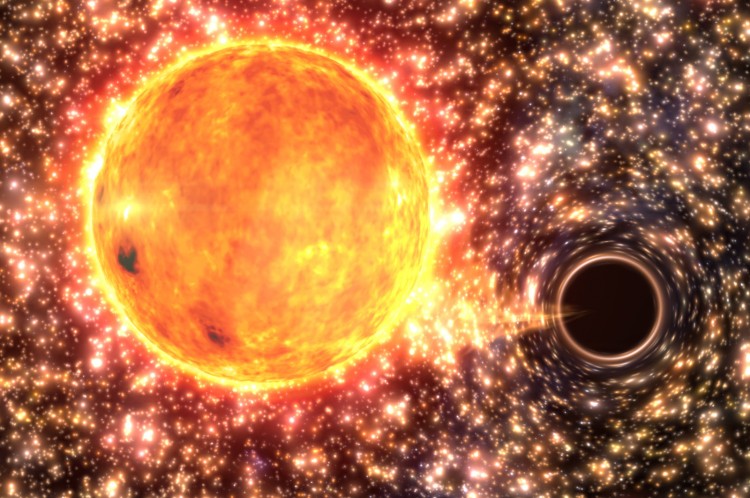Supermassive black holes don’t share things evenly with their galaxies, according to new Australian research.
A galaxy with a supermassive black hole at the center has to share the available gas with the black hole. The galaxy uses some of it to form new stars, and the black hole swallows some of it.
Before, scientists thought the galaxy and the black hole grew in a fixed ratio with each other. However, the new findings shows that this isn’t true.
“Black holes have been growing much faster than we thought,” Swinburne University professor Alister Graham said in a press release.
“We now know that each ten-fold increase of a galaxy’s stellar mass is associated with a much larger 100-fold increase in its black hole mass. This has widespread implications for our understanding of galaxy and black hole co-evolution.”
On the other hand, they found that the opposite happens in smaller galaxies with dense clusters of stars in the center.
“In the lower mass galaxies the star clusters, which can contain up to millions of stars, really dominate over the black holes,” said Swinburne researcher Nicholas Scott in the release.
The study also predicted where the elusive “intermediate mass” black holes might be. Scientists have had trouble finding any middle-sized black holes that have more mass than one star but less mass than 1 million stars.
The new research suggests that these black holes exist in galaxies where we already know there’s a black hole but we don’t know its mass.
“These may be big enough to be seen by the new generation of extremely large telescopes,” said Scott.
The paper was published in the Astrophysical Journal on Jan. 10.
The Epoch Times publishes in 35 countries and in 21 languages. Subscribe to our e-newsletter.







Friends Read Free